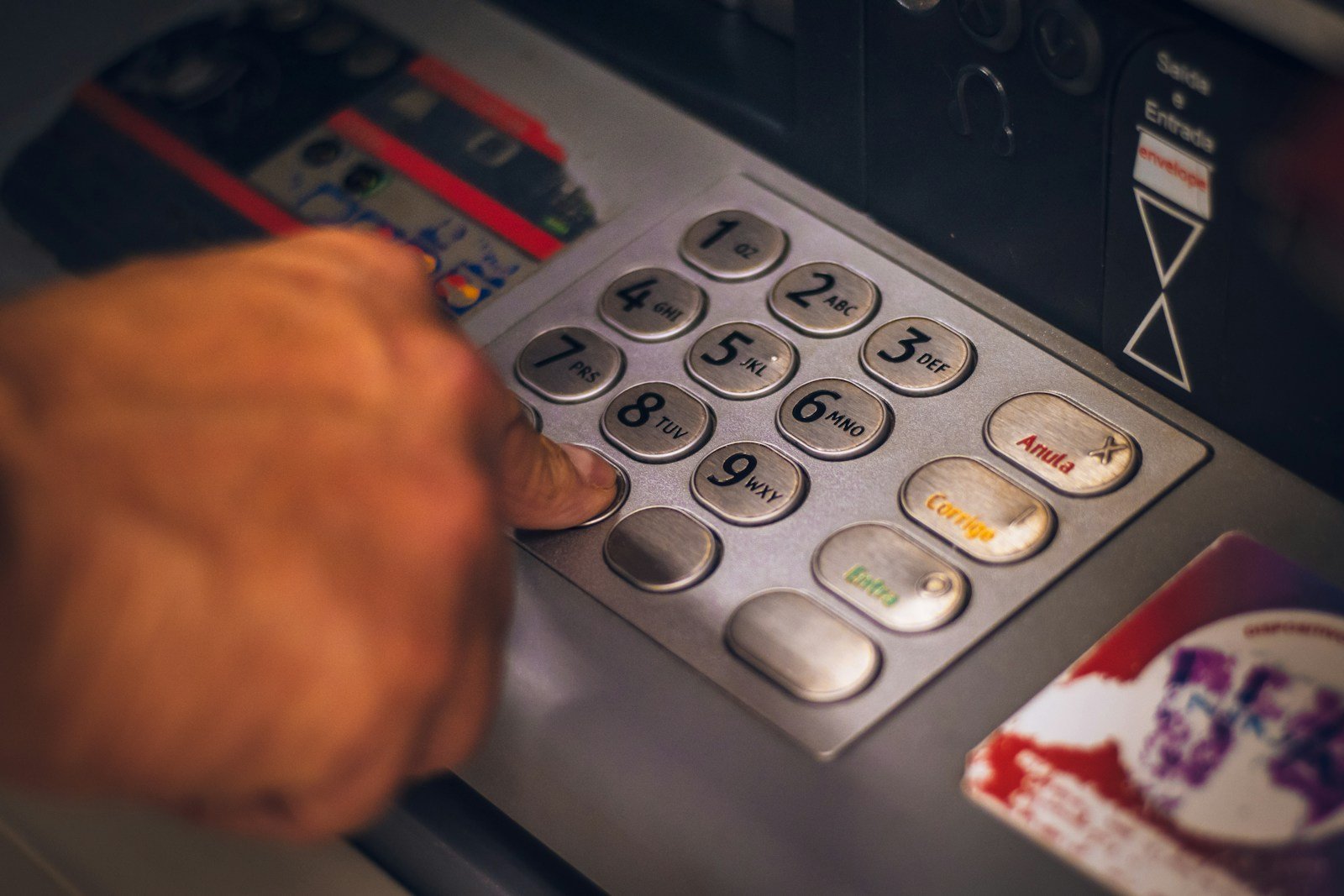The Open Banking Movement is Open for Business

When it comes to financial services, people’s accounts and investments can be somewhat fragmented. Depending on the situation, they might be juggling two or three different financial institutions along with several diverse financial products.
Because of this, these institutions are in a unique position to accumulate a vast amount of customer information such as spending habits, personal preferences, and tendencies. However, even with this valuable data at their disposal, the customer experience is typically slow, expensive and lacks in transparency. More and more financial institutes are beginning to look toward the benefits of Open Banking to help improve the customer experience.
The idea of open banking is for banks and other financial organizations to supply third-party financial service providers with open access to consumer banking, transactions, and other services using application programming interfaces (APIs). It is the framework for securely and easily sharing data with customers and trusted organizations with proper oversight from the government. Open banking has the ability to empower consumers and organizations with greater access to public and private financial data with the goal of increasing customer satisfaction and loyalty by offering transparency as well as relevant recommendations, in real time, to assist with personal finance needs. While the initial adoption has been somewhat sluggish, in recent years, due to increased standardization, finance organizations are beginning to embrace the open banking movement. Some well-known companies, including BNY Mellon, Wells Fargo and Fidelity, are already utilizing aspects of open banking to share their data.
To better understand the upside of open banking let’s consider how it can help enable the idea of instant mortgages. As it stands, typical residential mortgage applications require sending months of bank and investment statements, gift letters, proof of employment, income tax returns, a detailed history of your past places of residence, and, in some cases, a declaration of any legal issues that may impact your financial situation. That is a good amount of paperwork that is needed, and it takes time to gather, deliver and validate this information. Open banking can streamline this process for the customer and broker with its ability to obtain ID and income verification, affordability and credit data in a timely and secure manner allowing for real-time decision-making.
But how is all this data brought together? As I mentioned earlier, the foundation of this movement relies on integrating a trusted API to serve as the bridge between banks & financial services firms and third-party financial service providers. The Financial Services Information Sharing and Analysis Center (FS-ISAC), an industry consortium dedicated to reducing cyber-risk for financial systems, has developed the Financial Data Exchange (FDX) API, formerly the Durable Data API, as the accredited standard for organizations that choose to participate with open banking. It was designed to enhance interoperability but also meet the high demands of regulatory security protocols.
As it stands, the biggest impacts of open banking are primarily associated with linking credit, payments, and accounting solutions with bank accounts as well as expediting manual intensive processes dealing with loans and mortgages but, in the future, the benefits will extend to include savings and investments. And while the FDX API offers a safe and secure experience, organizations will still need to lean on data & technology experts to successfully connect the API to current workflows as well as customize the integration model so that it aligns with organizational goals. At Data Ideology, we have worked with several banks and financial services firms and helped them build fully functional interfaces that facilitate the secure transfer of data between advanced workflows which lenders leverage daily. And while some organizations are still undecided about open banking, future ready banks & finance firms have already begun their adoption; granting their customers the convenience of multi-banking. Contact us for a quick consult and to begin your adoption of the open banking movement.

